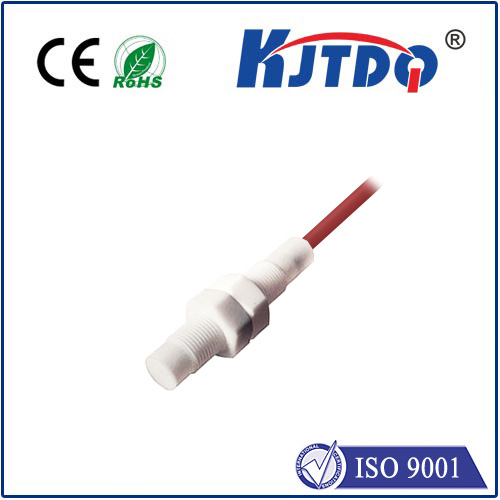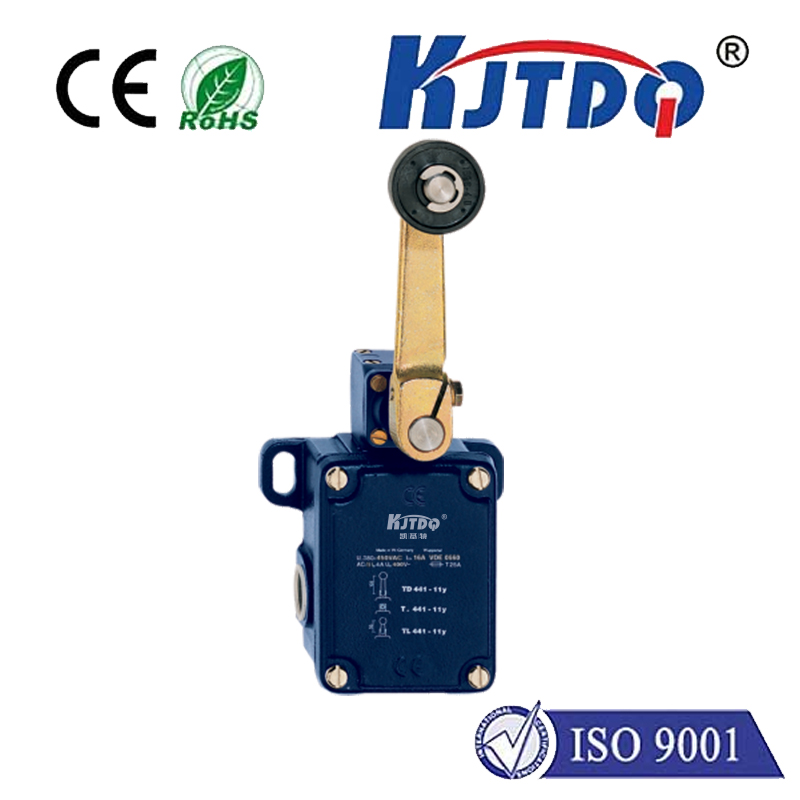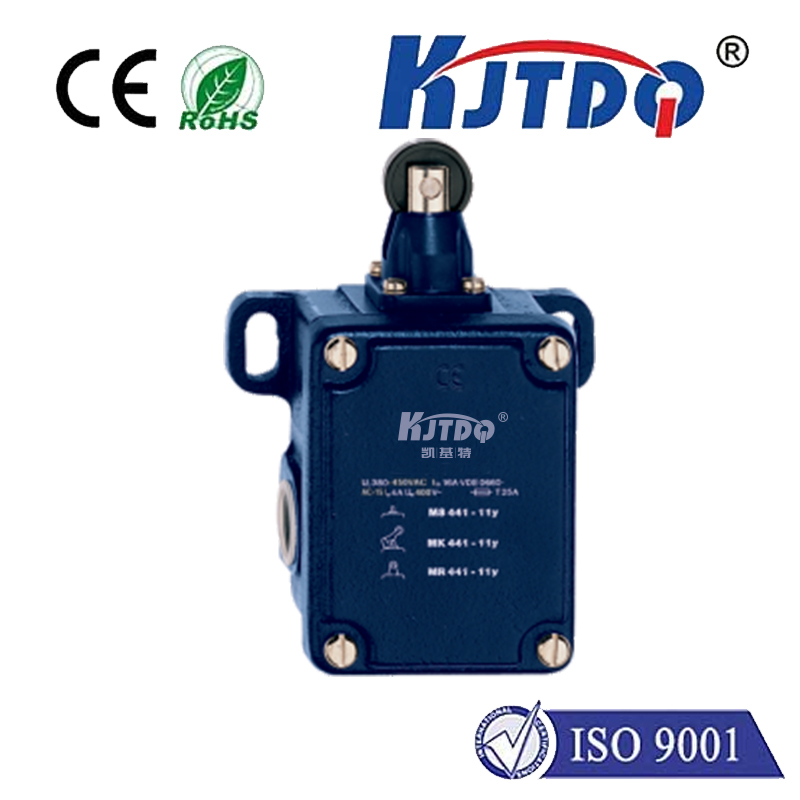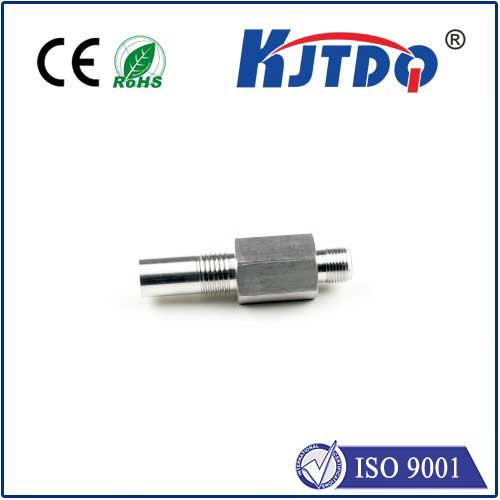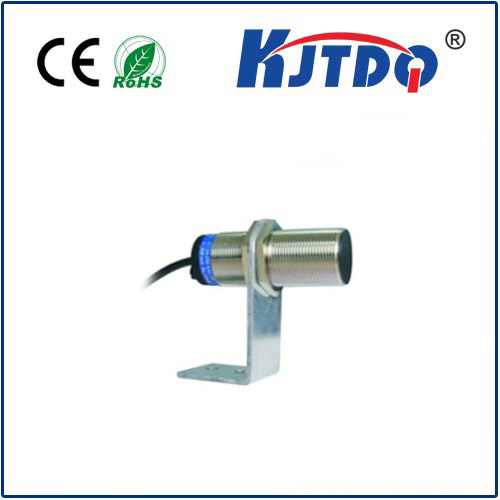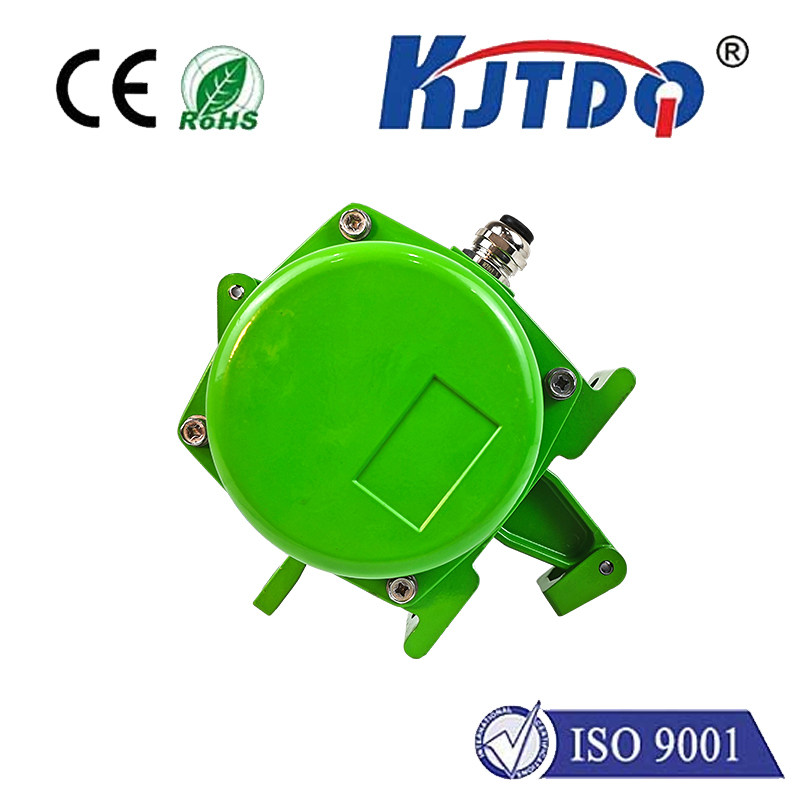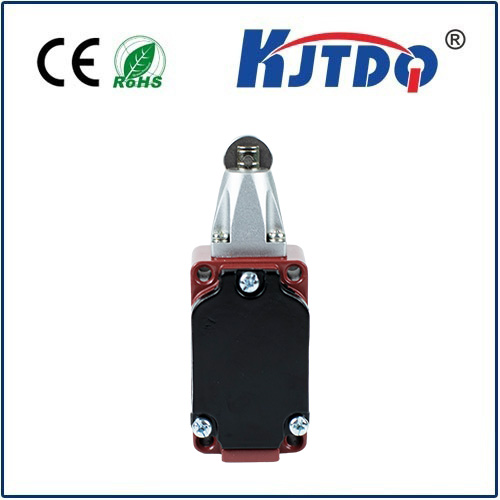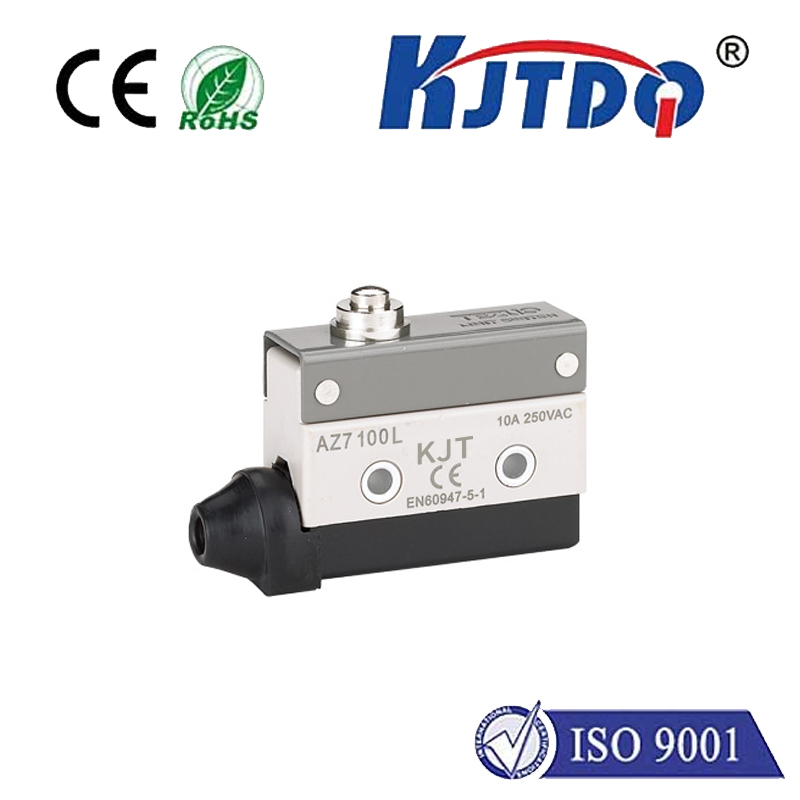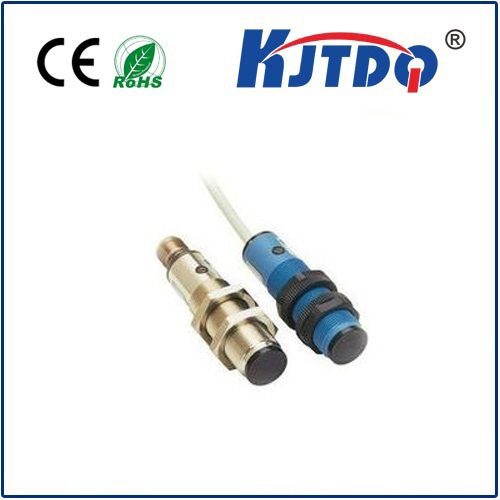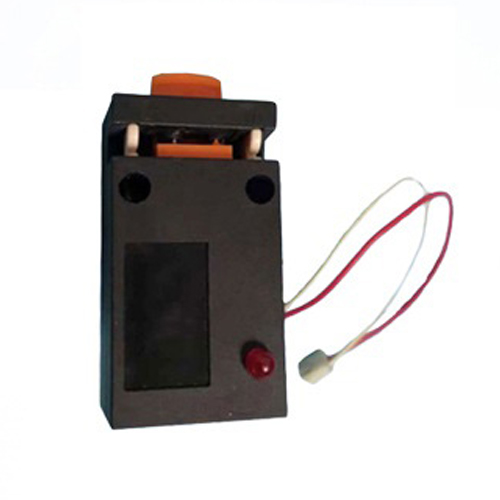motion proximity sensor
- time:2025-07-14 14:47:21
- Click:0
Unlocking Smarter Detection: Your Essential Guide to Motion Proximity Sensors
Imagine walking into a room and the lights instantly bloom to life, not because you flicked a switch, but because the space sensed your presence. Picture a restroom faucet that starts flowing the moment your hands approach, conserving water effortlessly. Envision security systems so intuitive they only trigger alerts for genuine threats. This seamless, responsive interaction with our environment is increasingly powered by a remarkable fusion of technologies: motion proximity sensors. These compact devices act as the intelligent “eyes” and “ears” of countless modern systems, combining movement detection with spatial awareness to create safer, more efficient, and truly convenient experiences.
Understanding the Motion Proximity Sensor: More Than Meets the Eye
At its core, a motion proximity sensor integrates two fundamental capabilities:
- Motion Detection: Recognizing movement within its field of view.
- Proximity Sensing: Measuring the distance to nearby objects or people without physical contact.
This powerful combination moves beyond simple motion triggering. It allows systems to understand where movement is happening and how close an object or person is. This nuanced understanding is key to enabling truly intelligent responses.
How Do Motion Proximity Sensors Work? Decoding the Magic
The “how” depends significantly on the underlying technology employed. The most common types include:
- Passive Infrared (PIR): The undisputed champion for basic motion detection. PIR sensors detect changes in infrared radiation (heat) emitted by warm bodies against the cooler background. They are highly effective for presence detection but generally don’t provide accurate distance measurement, acting more as proximity indicators within their detection zone. Their low cost and low power consumption make them ubiquitous in security systems and automatic lighting.
- Ultrasonic Sensors: These emit high-frequency sound waves (inaudible to humans) and listen for the echo. The time it takes for the echo to return provides a highly accurate measure of distance. While they can detect some movement (changes in the echo pattern), their primary strength is precise proximity measurement, often used in parking assist systems, tank level monitoring, and touchless interfaces.
- Microwave (Radar) Sensors: Emitting microwave pulses and analyzing the reflected signal, these sensors excel at detecting motion through non-metallic materials like walls or glass. They can also provide reasonable distance information (Doppler radar principle). Their ability to “see” through obstacles makes them valuable in advanced security applications and presence detection systems where line-of-sight is limited.
- Time-of-Flight (ToF) Sensors: A rapidly advancing technology, ToF sensors emit a light pulse (often infrared LED or laser) and precisely measure the time it takes for the light to bounce back. This provides highly accurate 3D distance mapping. ToF sensors are particularly powerful in modern motion proximity sensing, enabling gesture control in devices, precise people counting, and advanced robotics navigation.
Where Intelligence Meets Application: Transforming Industries
The versatility of motion proximity sensing technology drives innovation across diverse sectors:
- Smart Home & Building Automation: This is a primary domain.
- Energy Efficiency: Lighting systems activate only when occupants are detected and nearby, automatically dimming or switching off when the room is empty. HVAC systems adjust based on room occupancy.
- Convenience & Hygiene: Touchless faucets, soap dispensers, hand dryers, and flushes activated by proximity. Automatic doors open seamlessly.
- Enhanced Security: Integrated into alarm systems, triggering alerts only for motion within defined proximity zones, reducing false alarms. Smart lighting can deter intruders by simulating occupancy.
- Retail & Commercial Spaces:
- Customer Engagement: Interactive displays activate as customers approach.
- People Counting & Flow Analysis: Accurately track store traffic patterns and queue lengths for optimization.
- Targeted Marketing: Deliver promotions or information when someone lingers near a specific product display.
- Industrial Automation & Robotics: Proximity detection is critical for safety, preventing collisions between robots and humans or other machinery. Sensors guide robotic arms for precise assembly and handling tasks, ensuring components are correctly positioned. They monitor stock levels and conveyor belt processes.
- Automotive Innovation: Beyond parking sensors, motion proximity detection enables hands-free liftgate opening (kick sensors), blind-spot monitoring, pedestrian detection for collision avoidance, and driver drowsiness monitoring.
- Healthcare & Assisted Living: Monitors patient movement in rooms or beds, potentially alerting staff to falls. Ensures touchless operation of equipment, improving hygiene. Can track occupancy in shared spaces.
- Gaming & Entertainment: Enables gesture control in consoles and virtual/augmented reality experiences, creating immersive interactions.
Choosing the Right Sensor: Key Considerations
Selecting the optimal motion proximity sensor hinges on the application’s specific needs:
- Detection Range & Field of View: How far and how wide an area needs coverage? Should it be a narrow beam or wide angle?
- Accuracy & Resolution: How precise does the proximity measurement need to be? For example, parking assist requires cm-level accuracy, while room occupancy might tolerate less precision.
- Environment: Will it operate indoors/outdoors? Is there dust, moisture, temperature extremes, or potential obstructions? PIR struggles with rapid temperature changes; ultrasonic can be affected by wind or soft materials.
- Target Material & Speed: Is it detecting slow-moving people, fast vehicles, or non-human objects? Different technologies have varying sensitivities.
- Power Consumption: Critical for battery-operated devices. PIR sensors are very low-power; microwave and continuous ToF can consume more.
- Cost: PIR is generally the most economical, while advanced radar or high-resolution ToF sensors command a premium.
- Multisensor Fusion: Often, combining technologies (e.g., PIR for presence + ultrasonic for distance) yields the most robust and reliable results, compensating for individual weaknesses.
The Future of Sensing: Smarter, More Integrated, More Aware
The evolution of motion proximity sensing is relentless. We are seeing:
- Miniaturization: Sensors shrinking in size while gaining capability, enabling integration into wearables and smaller IoT devices.
- Increased Intelligence: On-sensor processing (edge computing) allowing for more complex decision-making locally (e.g., distinguishing between a person and a pet).
- Sensor Fusion Advancements: Seamlessly combining data from multiple sensor types (PIR, radar, ToF, cameras even) for unprecedented contextual awareness.
- AI-Powered Analytics: Deeper insights drawn from sensor data streams, predicting behaviour, optimizing spaces, and enhancing security.
- Energy Harvesting: Developing sensors that can power themselves from ambient light or motion, enabling truly maintenance-free deployments.
From making our homes effortlessly comfortable to safeguarding industrial workplaces and creating intuitive user interfaces, motion proximity sensors are fundamental building blocks of an increasingly responsive and automated world. By understanding their principles, capabilities, and diverse applications, we can better harness this technology to build environments that anticipate needs, enhance safety, conserve resources, and fundamentally redefine our interaction with the spaces around us. The era of passive environments is fading; the age of intelligent, sensor-driven responsiveness is here.











